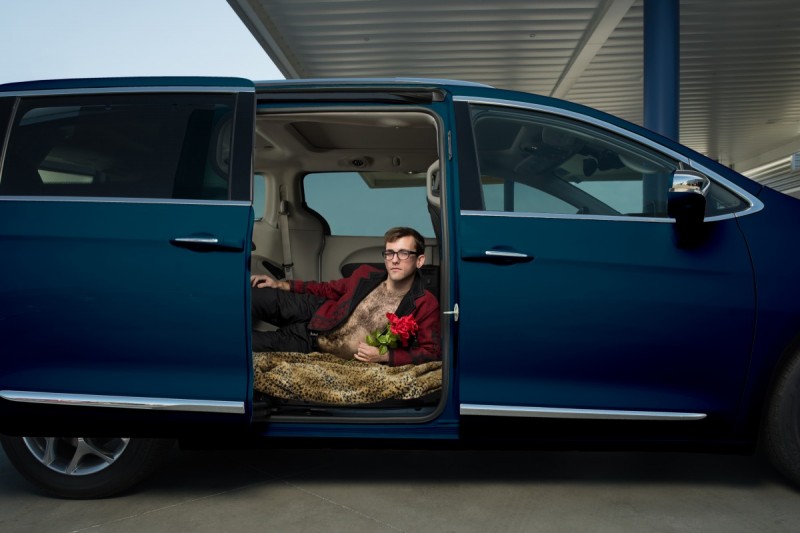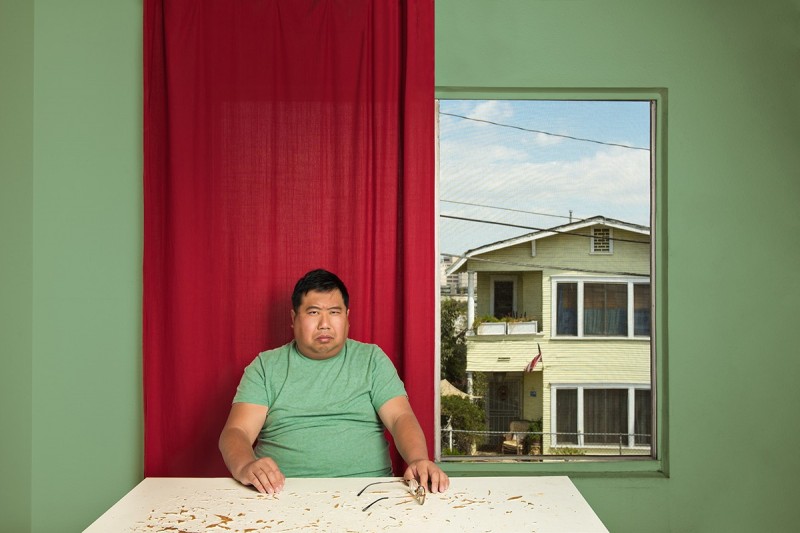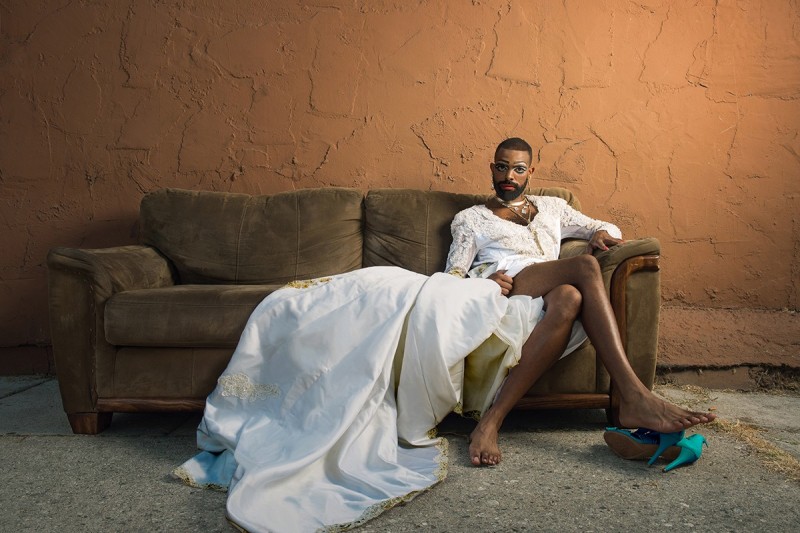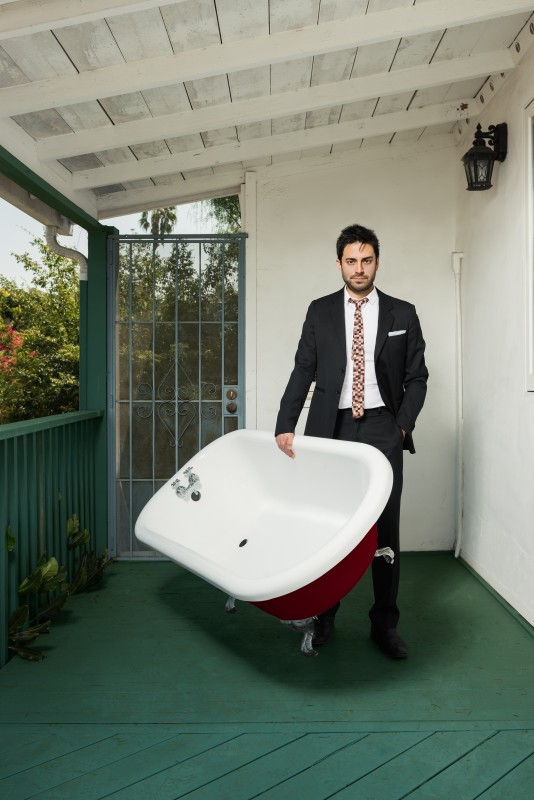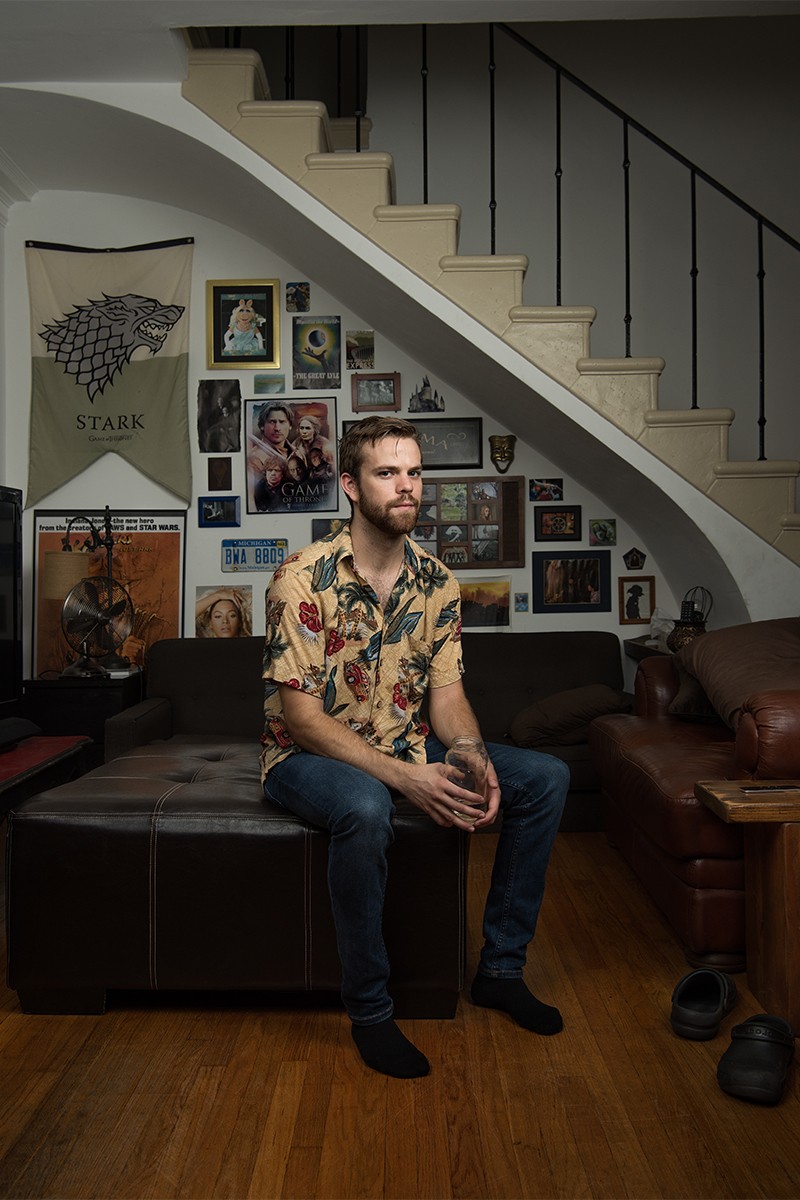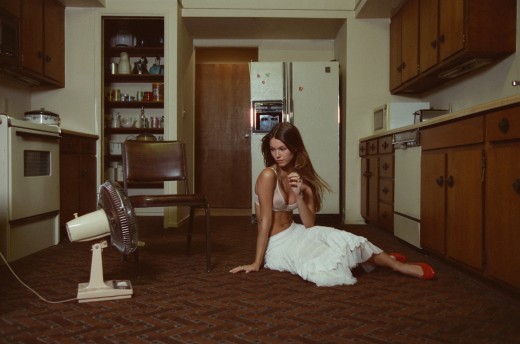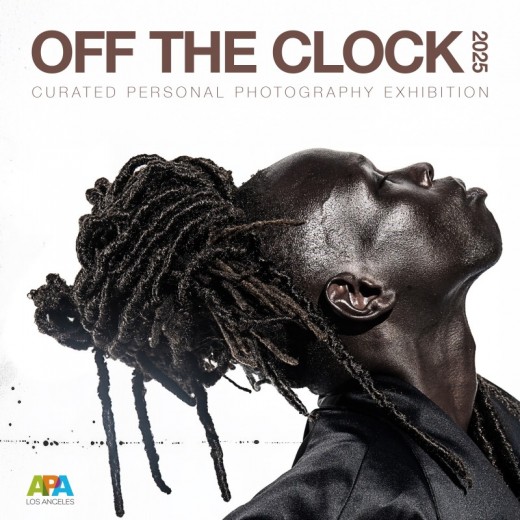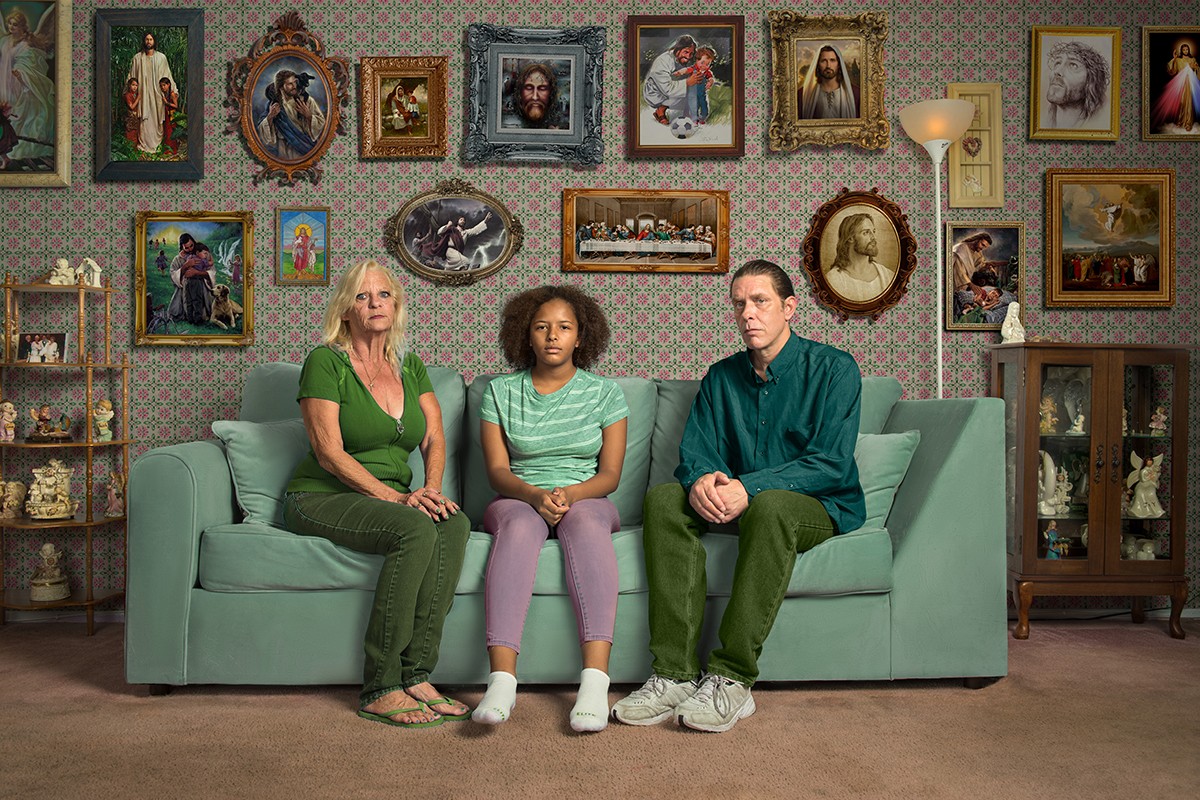
Photo ©Kremer Johnson
Kremer Johnson = Neil Kremer + Cory Johnson.
Creative collaborators Neil Kremer and Cory Johnson are the dynamic photographic duo Kremer Johnson. Where does the duo come from? What inspires them to shoot as a team and why is that a preferred method for these guys? And where does that leave the ‘personal project?’ Let’s find out:
Can you describe your photographic career(s) prior to shooting as a duo?
- We both had completely different professional, non-photographic, lives prior to shooting together. Neil comes from a technical apparel design and manufacturing background, while Cory comes from the film production and post world. We each owned our own businesses in those worlds and the financial crisis of 2008 wiped those out. Suddenly finding ourselves with time on our hands, we each independently picked up cameras and started experimenting. We were friends before all this and decided to venture out together to take some pictures. From people to buildings, to landscapes, and skies; we really shot anything we could find.
And what remains of your individual photography work? Does time permit any individual creative time and what does that look like?
- We didn’t really have separate individual photographic identities prior to working together, so there isn’t much “individual” work to be found. While we do head out solo from time to time, the overwhelming majority of our work is done together. If we were to do an exercise where we both go shoot projects on our own, I think we would find that the content and style would be similar to the work we do together.
Are there separate achievements or projects that either of you are interested in discussing?
No. We really do tend to shoot everything together. From ideation through delivery, it’s a collaboration.
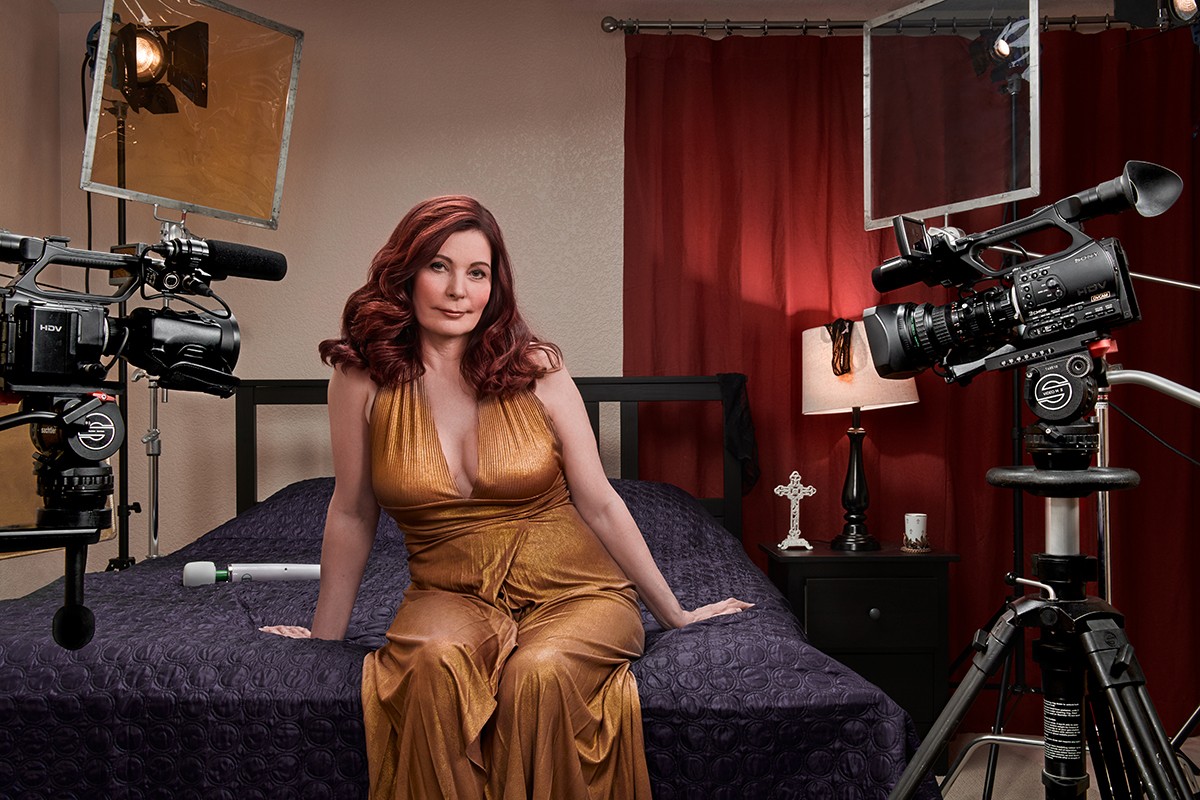
Photo ©Kremer Johnson
Clearly storytellers who are visually and personality driven, let’s talk specifically about the Craigslist Encounters project. Why Craigslist?
The Craigslist project was born of frustration. After a few years photographing models actors and professionals, we wanted to tell honest stories about interesting everyday people. Looking around Los Angeles, we realized there are a million stories worth telling, but in a city with a show me the money motto and an hour of traffic between neighborhoods, finding subjects is a challenge. After trying conventional casting methods, our last chance effort was something we really didn’t think would work.
The first ad on Craiglist:
Portrait Subjects Wanted (Los Angeles) compensation: $20 /Hour paid in CASH
Portrait photographer seeking subjects. Looking for interesting people to photograph... all shapes, races, genders, and sizes are welcome. I will come to you at your convenience.
Explained here: https://fstoppers.com/originals/photo-series-features-portraits-complete-strangers-found-craigslist-194031
You can see our work here: https://kremerjohnson.com/CRAIGSLIST-ENCOUNTERS/thumbs
Thanks,
Neil Kremer
How do you cast these shoots? What are you specifically looking for?
Within the first couple hours we had approximately 100 responses and we were shocked. Looking through the first responses, a pattern started to appear. The responses came from all walks of life. From wealthy housewives in Bel Air to homeless men that just couldn’t catch a break. Realizing that we had found a larger story than just a few portrait opportunities, we immediately created criteria for selections.
Our initial reply asked for basic information about what they do for a living hobby or entertainment. We asked if they know of locations that can support their personal story. If they didn’t have a location, we would ask for the cross streets that work best for them. We then searched for a location close by. (We didn’t want anyone to have to travel.)
Once we settled on a location and time, the only thing we absolutely required was a phone number or e-mail address. (We wanted to make sure they’re really going to be there and supplying a way to contact the helps the effort.) Each person was given the same amount of effort, which we learned from an early-project surprise. Neil went to a scheduled appointment by himself and considered leaving when he arrived. The building was in a tough area and it didn’t look like there were any compositions that might work. He forced himself to go in any way, and the result turned out to be his favorite image from the project. After that, every opportunity was treated the same.
Do you shoot at a neutral location or at the home or workplace of the subject? And why?
We typically like to shoot in places that are somehow connected to the subject. Often it is in or around their homes or workplaces; but we’ve ended up in some pretty random spots: a pay-by-the-hour motel, the back of a crack van, a Chrysler dealership, and an urban “farm” where roosters are raised for cockfighting, just to name a few. In allowing the subject to choose a location that means something to them, it automatically ties them to the image and keeps them invested in the process.

Photo ©Kremer Johnson
What about art direction and props? Are you drawing upon the artifacts owned by that individual or do you style these shoots? Same question re: wardrobe and hair and makeup…
We only use the wardrobe and props that they own. We bring nothing, but we do move their stuff around to create a composition that we believe tells their story little better. What you see is the real thing with the exception of a 60-year old porn star. For that one, she asked us to create a set using all of her husband’s video gear. The vibrator was hers. View
This project appears to be consistent with your over all style. How does it differ? How do you maintain your artistic vision on these shoots?
Most of our work is pretty lighting-intensive, sometimes using up to 12 strobes in a single image. For the Craigslist series, we made the decision at the beginning to keep the lighting in these images looser and simpler. We limited ourselves to using only 2 strobes throughout the series; basically a key and a fill instead of our usual accompaniment of kickers and accent lights. Doing so has helped us to be able to move more quickly and learn to light a little more generally while still finding creative ways to include that punch that we like to see in our work.
The artistic vision of these images really comes through collaboration with the subject. They’ll often have ideas about how they would like to portray themselves and we’ll put our own spin on those to bring the image to life in a way that is creatively satisfying for us.
Can you talk about the use of humor in your shoots?
There’s a quote from a Tom Robbins book, which best sums it up for me. I’m paraphrasing a bit, but it essentially says, “You just make what you want to see…it’s like being paid for dreaming.” Our lives are already filled with so much seriousness and drama - be it personal, political, or whatever. It can be really heavy sometimes if you let it, and I don’t need to carry around any more weight than I already do. So, I suppose I try to find and appreciate a sort of offbeat humor in every situation I can. I guess that’s what I want to see; so, at least with regard to our conceptual work, that’s what we make.
How do personal projects impact your commercial or editorial shoots?
Immensely. Most of the jobs we get come directly from personal work the art directors noticed. They rarely want to see our commercial work; they’re typically interested in our personal work. For us, the way we direct talent and light subjects all come from our personal projects. When we get a chance to make what we want, to work with the talent the way we want to, that’s when we truly get to grow. It’s our time to develop our vision, direction, aesthetic and story telling style. Those results are carried over to our commercial work.
How do your clients react to the personal work and how do you show it to them?
The main outlet for this work so far has been via our website and social media. We’re lucky in that several media outlets have also picked-up on it and ICP, The International Center of Photography in New York is featuring it in March as well. One of the images was just honored as a finalist in the Lens Culture Exposure awards. (https://www.lensculture.com/2018-lensculture-exposure-award-winners) The reactions from people viewing the project are almost always positive. Our inbox is flooded with people who’ve seen the series and want to participate.
What’s next in the personal project department?
Great question. It’s one we’re trying to answer for ourselves right now as well. We have a whiteboard posted at our studio that contains the seeds of many ideas. We’re in the process of brainstorming the various concepts to see which ones speak to us the most. We’ve always enjoyed creating rather large productions and it’s been a couple months since we last tackled one. So, I think we’re leaning toward doing a series in that vein next - something narrative where we’re directly involved in crafting every little detail - from casting, location, and props through lighting and post. In a way, it will likely end up being the exact opposite of the Craigslist project.
Craiglist encounters can be seen at International Center for Photography in NYC - March 13-19, 2018
https://www.icp.org/projected
Finalist in the 2018 Lens Culture ExposureAwards
Contact: Kremer Johnson https://kremerjohnson.com/

